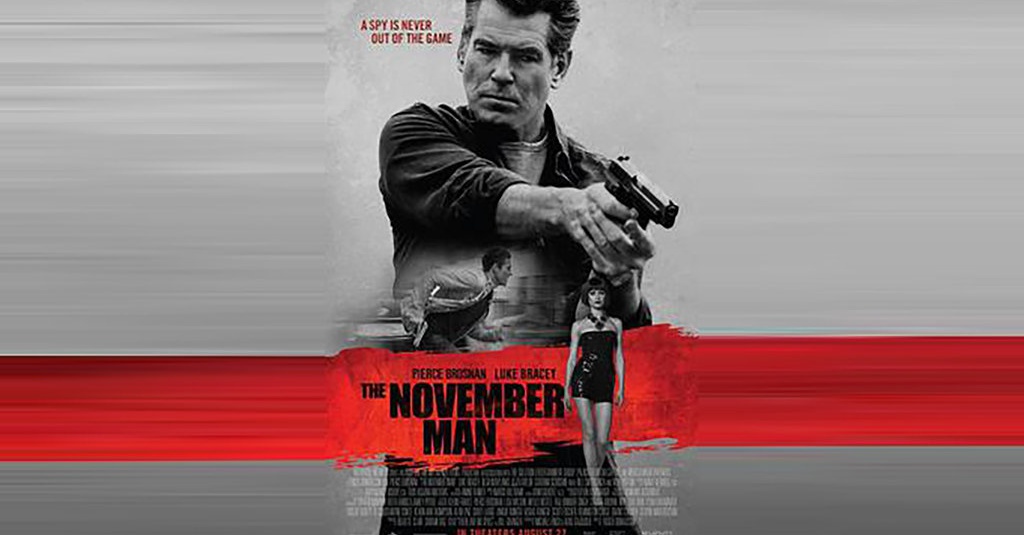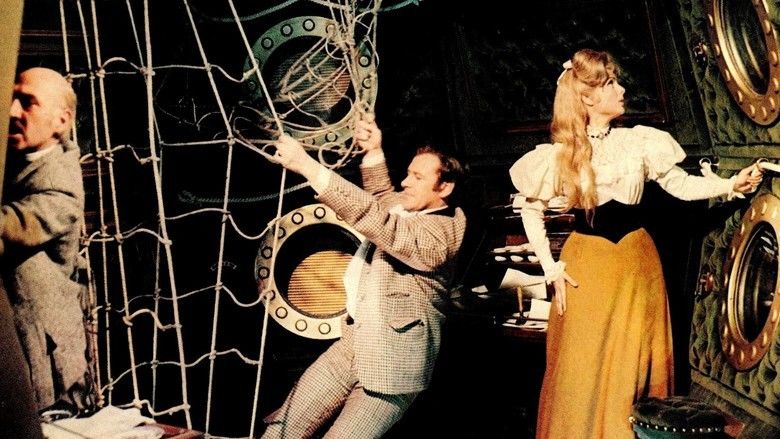
To the surprise of many experts, NASA selected in July 1962 the Lunar Orbit Rendezvous. There were three theoretical options for landing on the moon: Direct Ascent, Earth Orbit Rendezvous and Lunar Orbit Rendezvous (LOR). A concrete assignment serves during your innovation journey as a guide to make the right decisions. In this case it was a very clear assignment: the landing of a man on the Moon before the decade is out.ģ. Draft together with top management a concrete market/target group for which innovations must be developed and which criteria new concepts must meet. Start your innovation journey with a clear and big challenge: an innovation assignment. Be sure in your innovation project to seize the right moment: necessity is the mother of invention.Ģ. Therefore time and money were dedicated and everyone involved was prepared to go outside the box. The honour of a whole nation was at stake. President JFK had to restore America’s respect and wanted to prove American superiority over the Soviets. Reading Armstrong’s biography seven innovation lessons popped into my mind.ġ. Landing on the moon is one of the greatest explorations of mankind thus far. Mission Control said it was not critical.

Armstrong did not know which of the dozen of alarms it presented. In the descent to the Moon suddenly a yellow caution light came on: 1202 program alarm. When former navy aviator colleagues heard Neil had been selected for the first Moon landing on Apollo 11 they described it as “luck, opportunity, preparation and skill converged”.Īfter a decade of preparation it almost went wrong at the last moment. Three and a half years into his career as an astronaut, Neil Armstrong made his first space shot on Gemini VIII. In some flights it did turn out that members of the back-up crew had to step in. In 1965 Armstrong was named back-up commander on Gemini V. But a former flight simulation expert slipped his application into the pile prior to the selection panel’s first meeting. Armstrong’s application for astronaut selection in the Mercury program in 1962 missed the June 1 deadline by a week.

He declared “I believe that this entire nation should commit itself to achieving the goal, before the decade is out, of landing a man on the Moon and returning him safely to Earth. President JFK had to restore America’s respect and wanted to prove American superiority. On Apthe Soviet Union stunned the world again when cosmonaut Yuri Gagarin became the first human space traveller. The Americans prioritised their Mercury program, aiming to place a man in space. The Soviet Union launched in 1957 into orbit the world’s first satellite, Sputnik. He resented that all the record-setting flights over the oceans had already been accomplished.
WHO FILMED THE FIRST MAN ON THE MOON LICENSE
It was rather unusual that he earned his pilot’s license before he got an automobile driver’s license. This was the minimum age to fly a powered airplane. He learned to fly in the summer of 1946 at the age of sixteen. It wasn’t his nature to push himself into any spotlight. Neil Armstrong is calm, quiet and self-confident man. While he spoke his famous words: “That’s one small step for man, one giant leap for mankind.” In the week that NASA’s Curiosity rover has successfully touched down Mars, I read the biography¹ of ‘First Man’ Neil Armstrong.
WHO FILMED THE FIRST MAN ON THE MOON TV
On a black and white TV I saw Neil Armstrong making his first little jumps on the moon. Woken up in the middle of the night at 04.00 by my parents. We’re required to do these things just as salmon swim upstream”.

It’s by the nature of his deep inner soul. “I think we’re going to the moon because it’s in the nature of human beings to face challenges. Here are seven inspirational lessons learned. After reading Neil Armstrong’s biography, Gijs van Wulfen discovered there are many lessons from the Apollo 11 trip which can be applied to our everyday innovation projects.


 0 kommentar(er)
0 kommentar(er)
